Fishing the Trinity River: Bobber or Spey
No matter how you approach it, both fishing techniques offer an angler a multitude of opportunities in wrangling up their own ghost on the coast. Steelhead are such a special target species along our California Coast Line.
Now that the seasons are going to start changing on us we can expect to see more Steelhead showing up in our favorite rivers.

Whether you're dead drifting a nymph to a holding steelhead, or swinging a fly across a greasy tailout, the Trinity River has something to offer for the eager angler.
One of the most magical traits the Trinity presents is the length of the season. We start seeing our chrome friends arrive in numbers in the warm days of August. They will continue to move from salt to fresh water all the way through the early spring days of March. This gives the angler a lengthy season of chasing these ghosts. Let's break down the seasons a bit more.
Late Summer-Early Fall: This is the Spey Fishermans time to shine. Water temps are warmer, which increases the Steelheads motive to move towards the fly. Waders are replaced with shorts and wading boots this time of the year. Not only do our waders stay in the truck, but so do our skagit heads and sink tips. I've found that during the warmer water temps, the fish need little motivation to move several feet up in the water column to crush our fly. Lighter wt spey rods in the 5-6 wt category matched with a skandi head provide an arm saving day, and a fun well matched fight against the hot summer fish.
Late Fall-Early Winter: At this time the big push starts showing up. We see a good mix of wild and hatchery fish, resulting in more daily encounters. The fish start to hold up with the water and air temperatures dropping. Dead drifted nymphs or the swing of a Spey fly will fool these fish. This is also when we see the most fishing pressure on the River, but for a good reason. By this time the Steelhead will be spread out from top to bottom.
Late Winter-Early Spring: With water temps cooling off, the fish start to slow down. This time of the year we focus on the warmer parts of the day, no need to be out at the crack of dawn. Don't be deterred by the weather forecast, the biggest fish of the season are typically caught during this time. The crowds start to dwindle and it's not uncommon to have the river to yourself. As the days start to lengthen we start seeing some spring insect activity, and in turn, rising fish. The Trinity is one of the few places where we get to throw dead drifted dry flies to adult steelhead.
Throw a dart at the Calendar between August and March, and it's bound to land on a day with steelhead potential. My biggest pieces of advice to the new or experienced steelhead anger, don't trust the weather forecast, and ignore the fishing reports. Some of our best days are found when the weather scares most people away. Write the report, don't read it.
Andrew Rossow is a fly fishing guide based out of Northern California through Clearwater Fly Guides, offering a multitude of fishing opportunities throughout the north state. Reach out to Andrew and the team for availability and future dates this fall! Clearwater Fly Guides

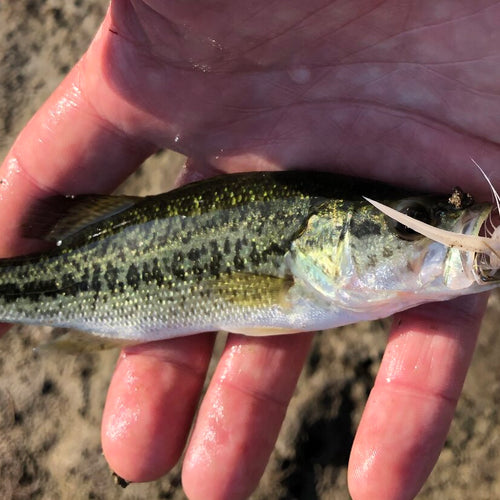
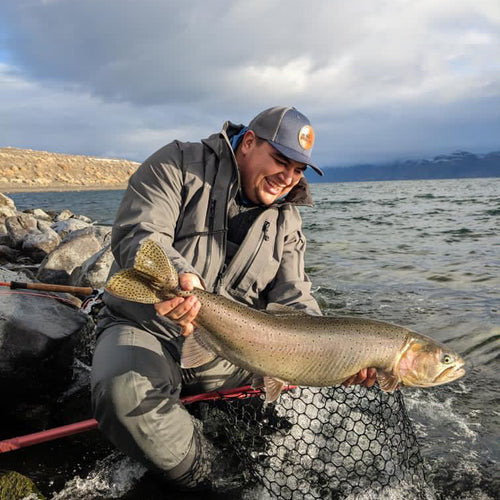

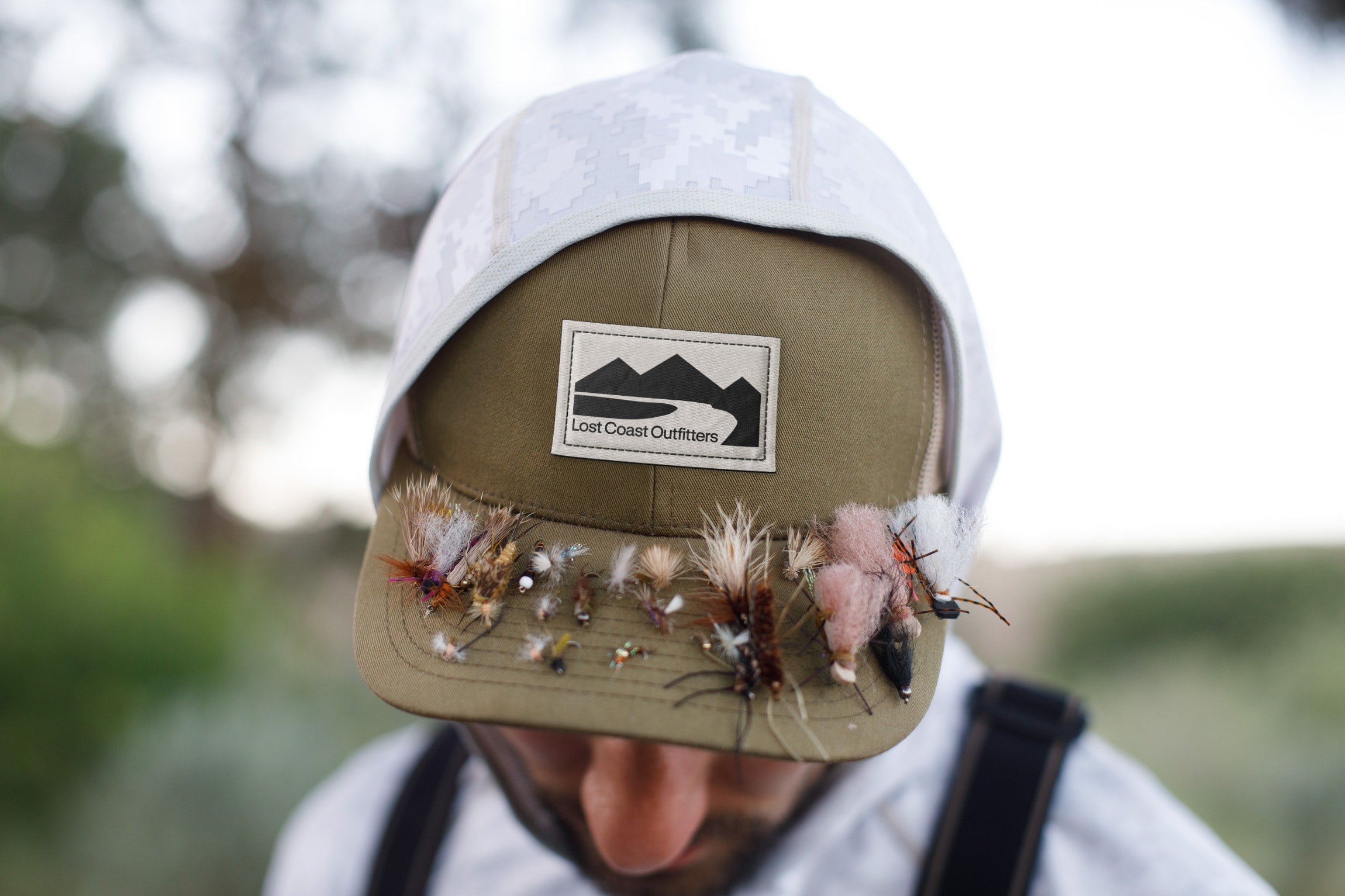
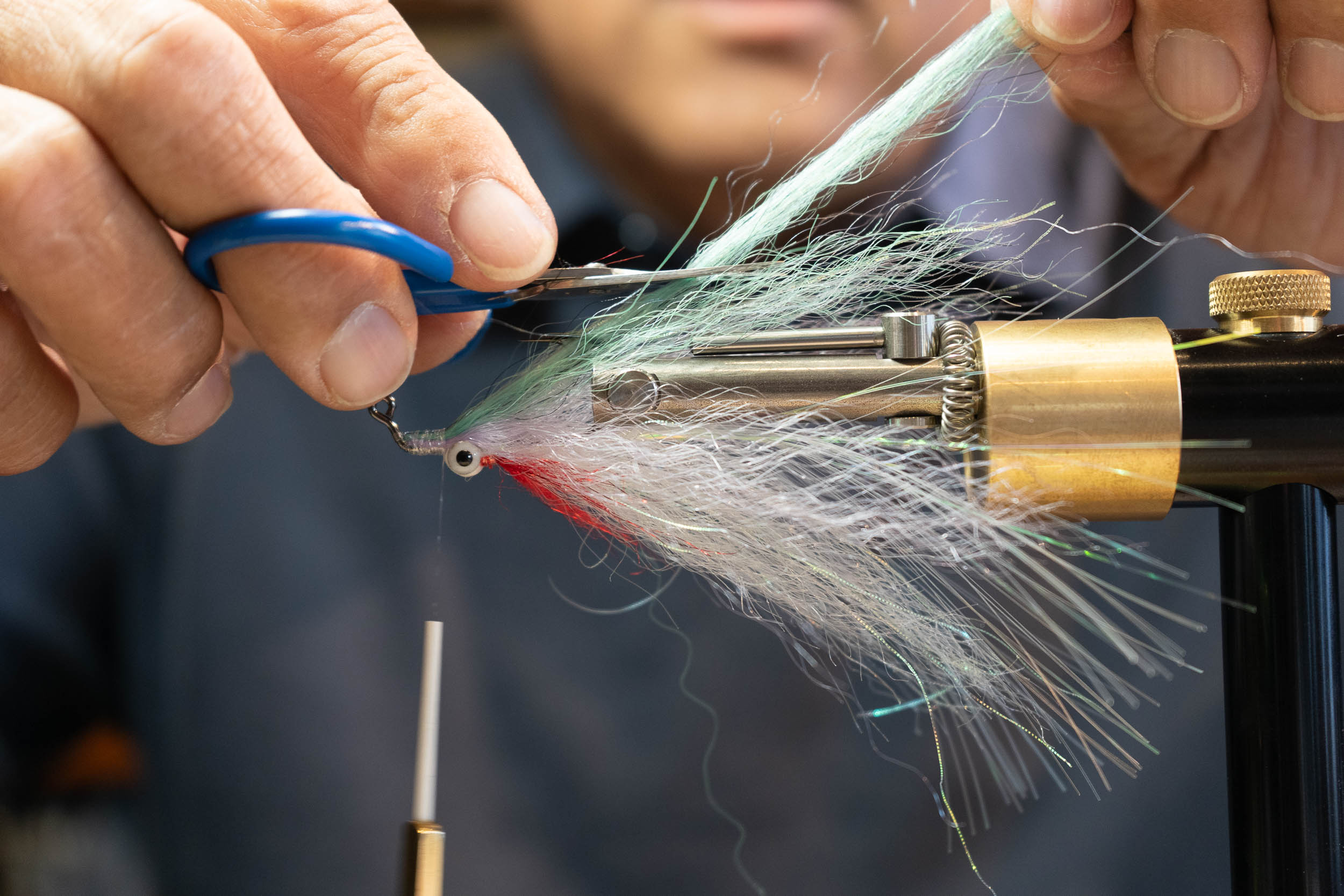
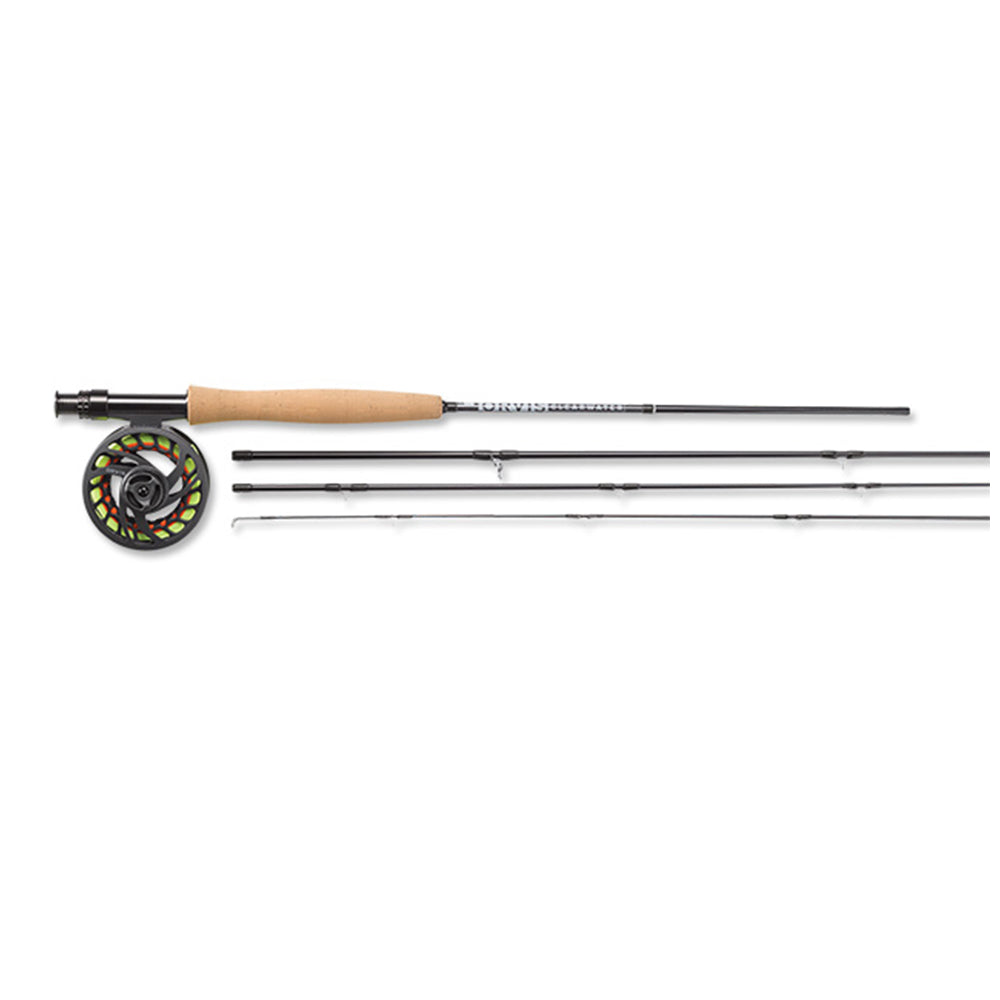
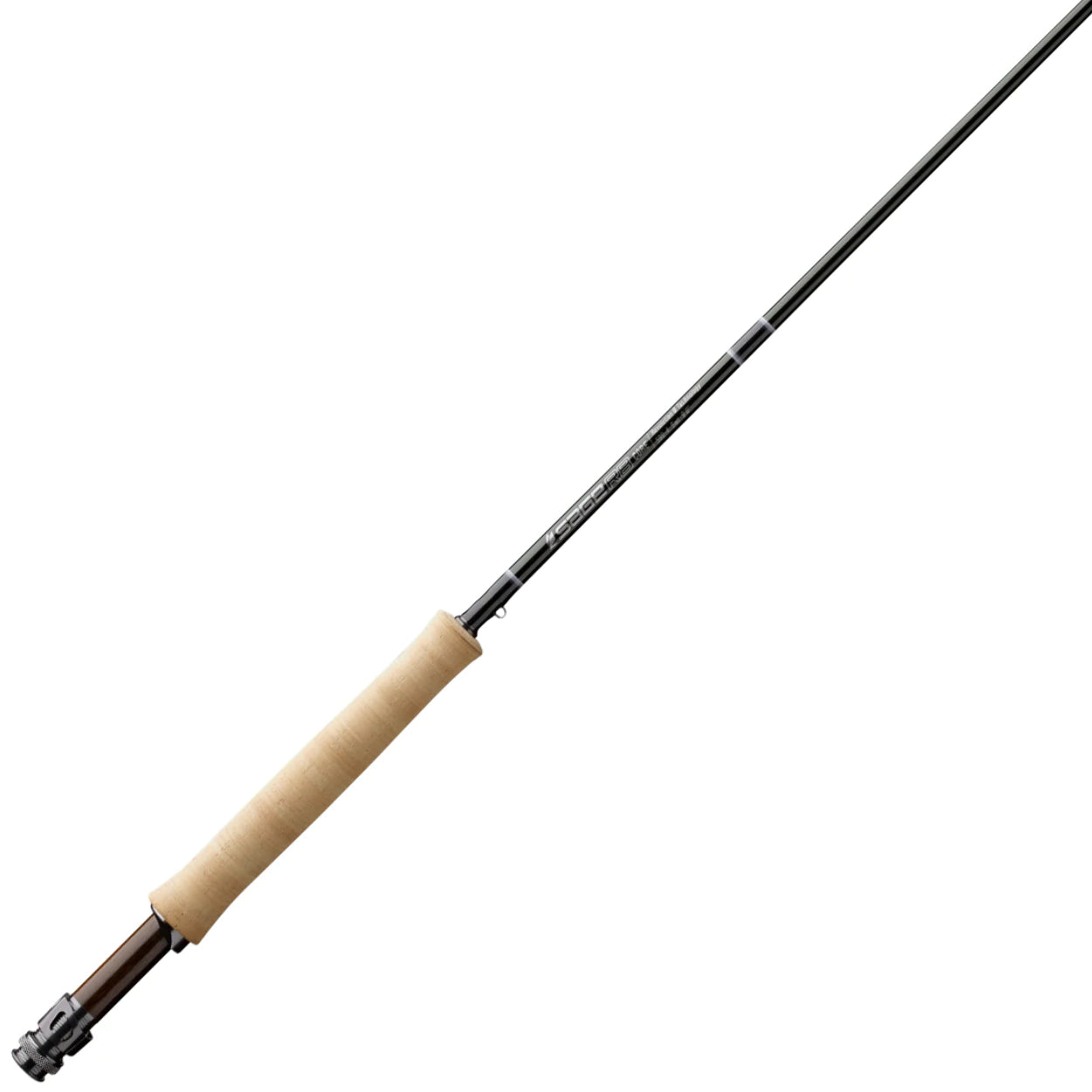
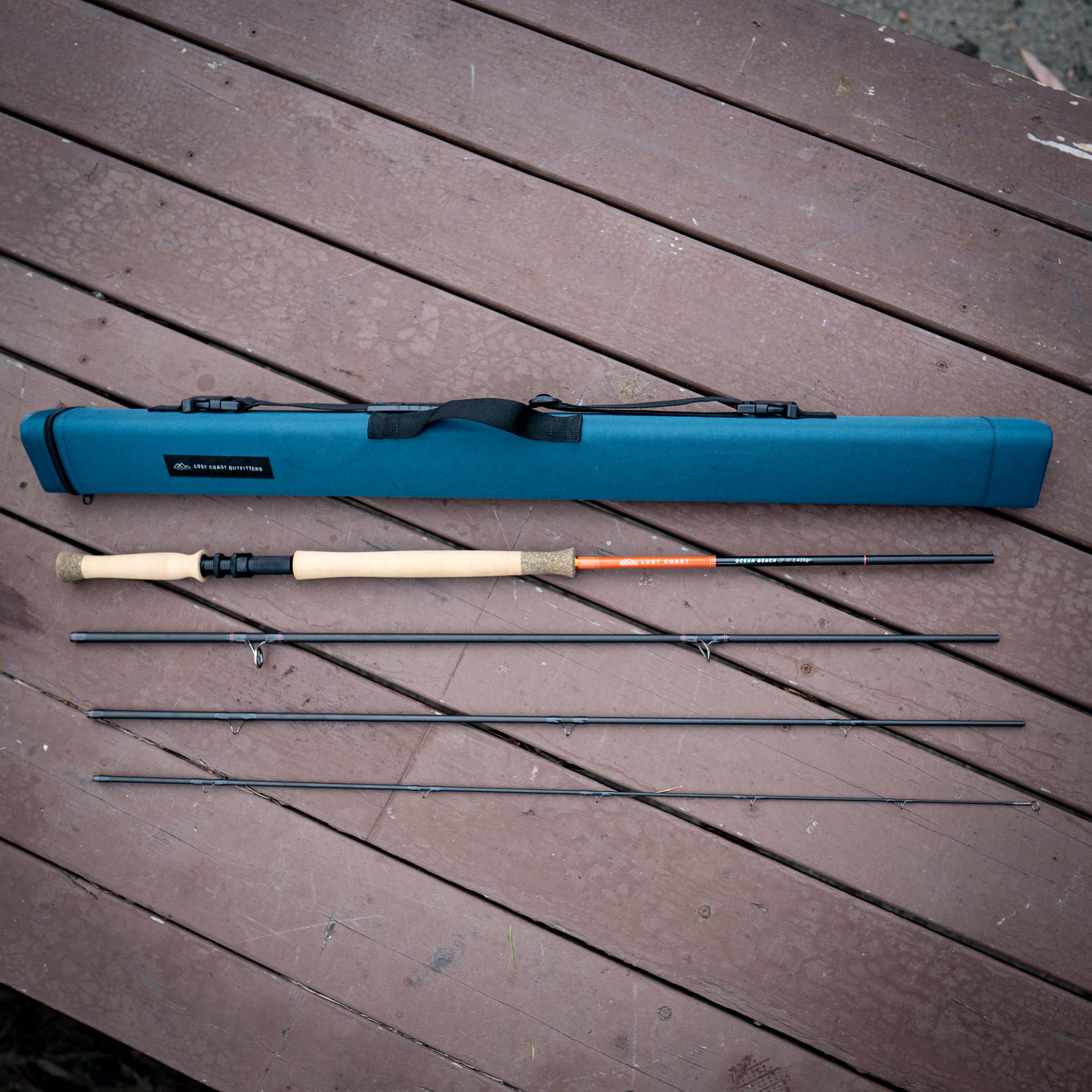

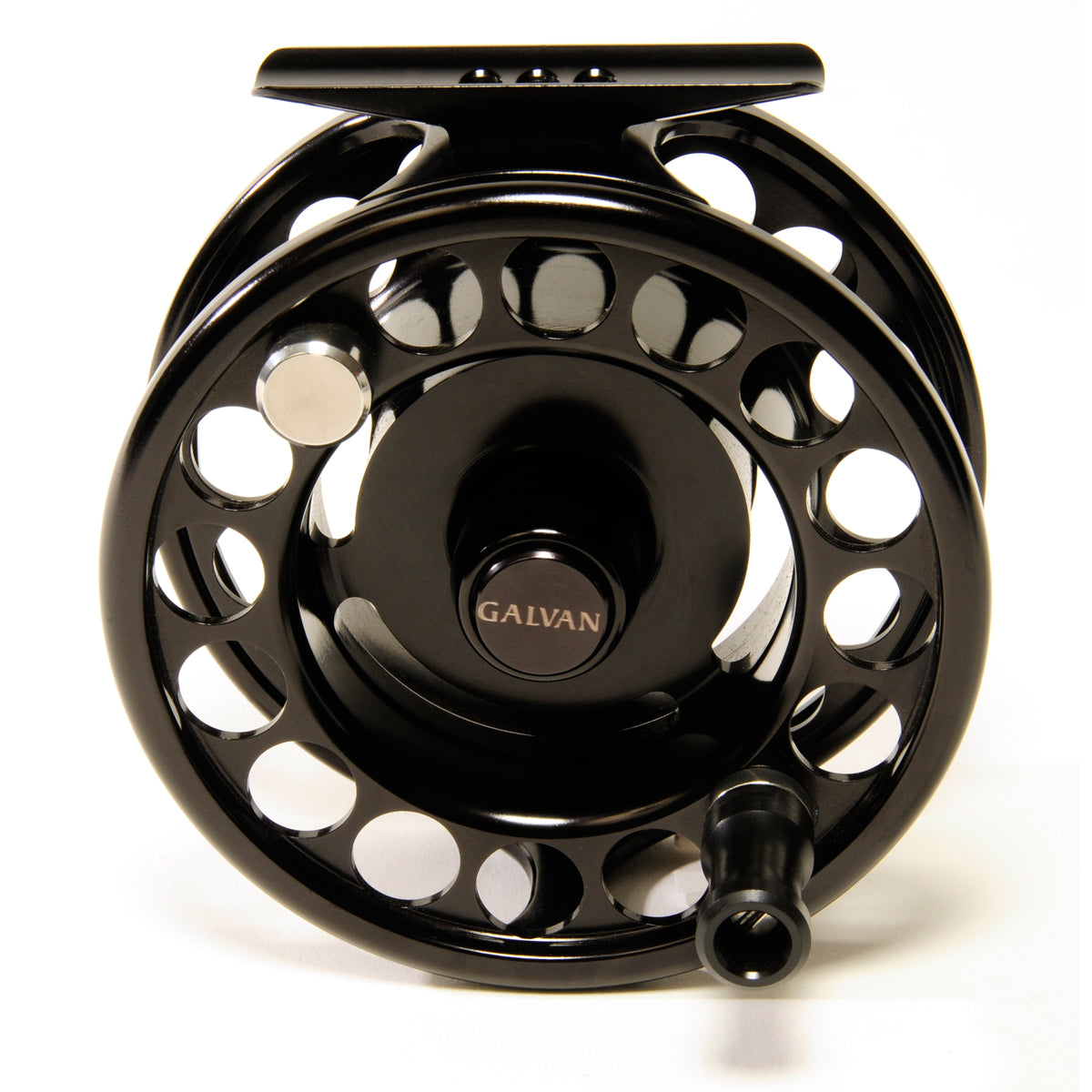
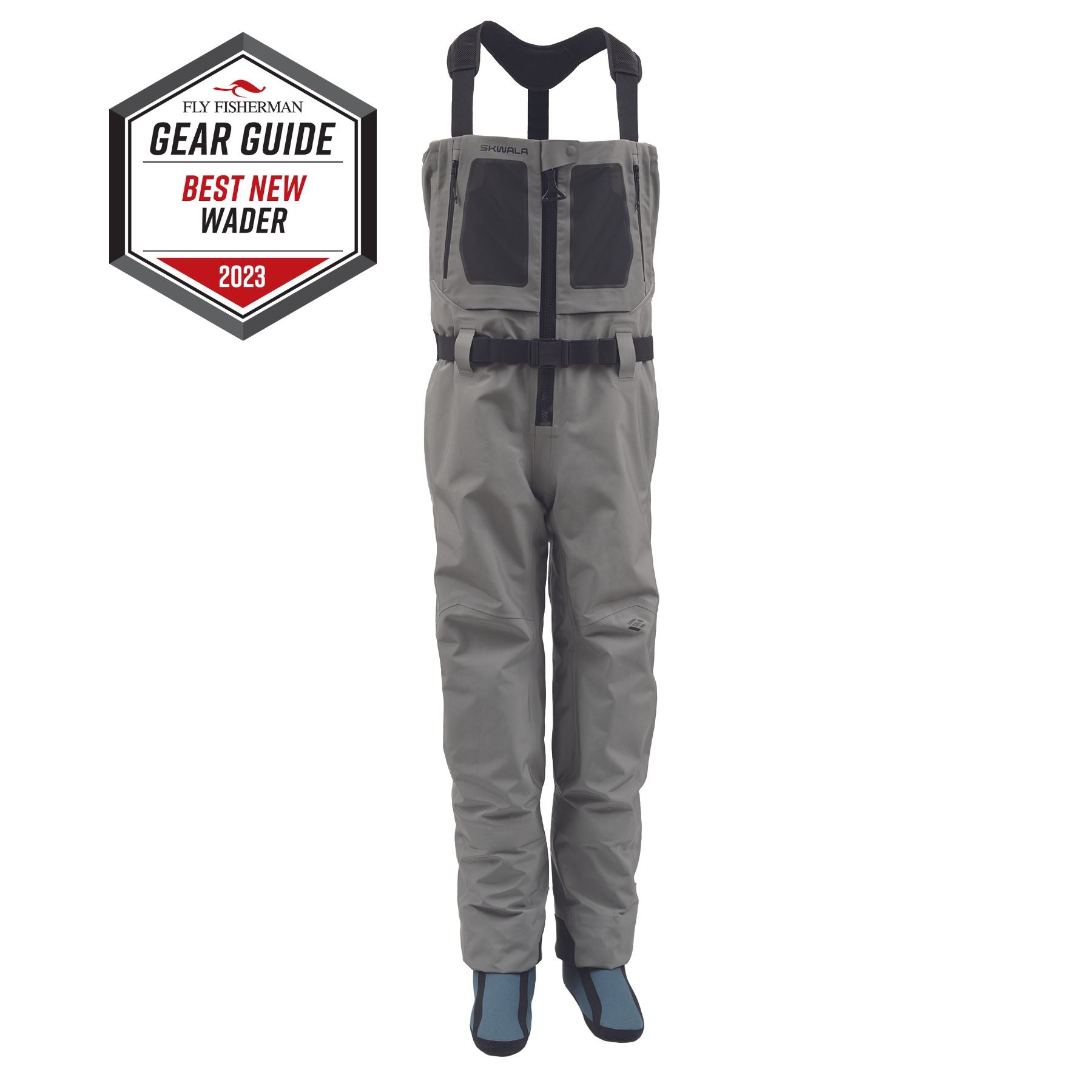
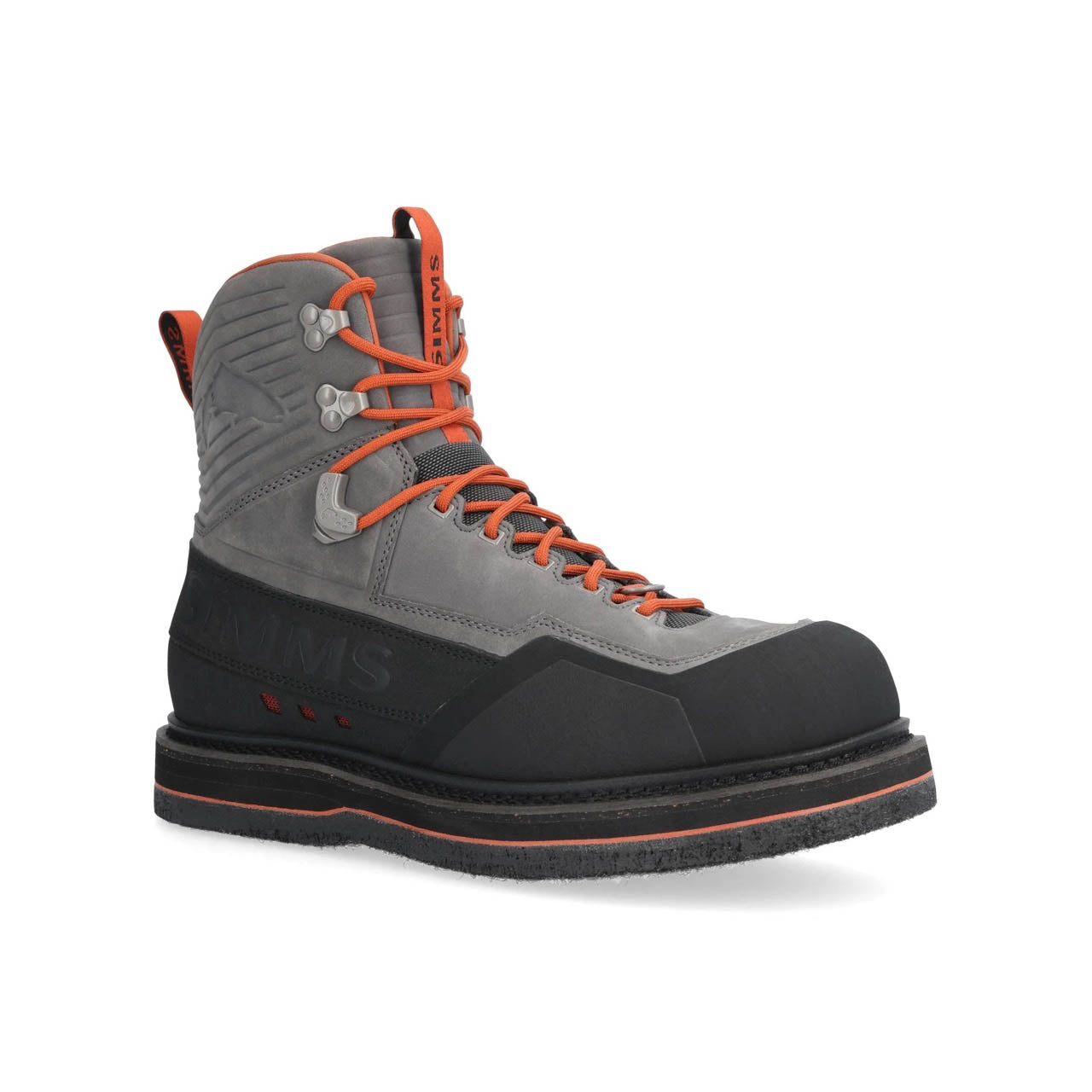
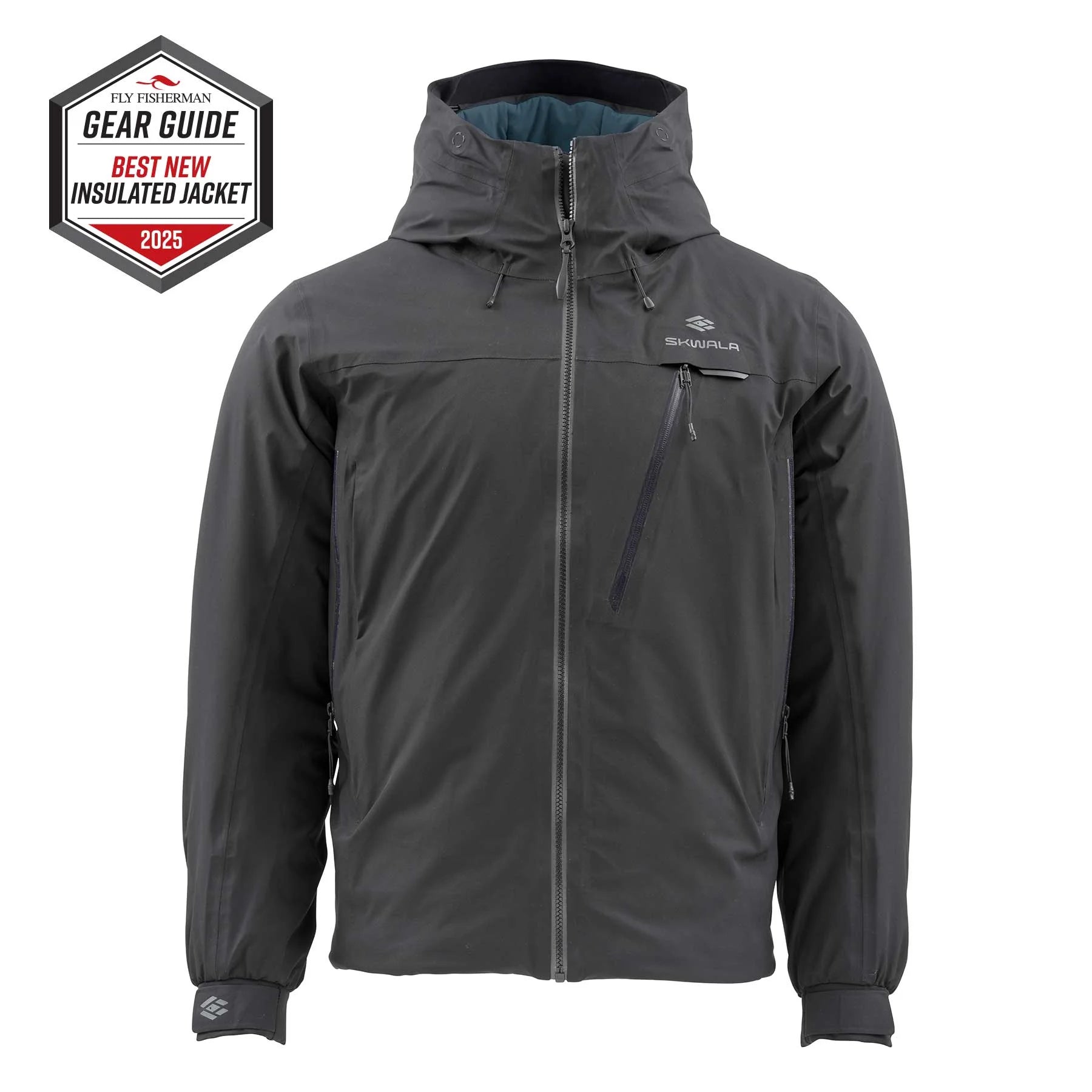
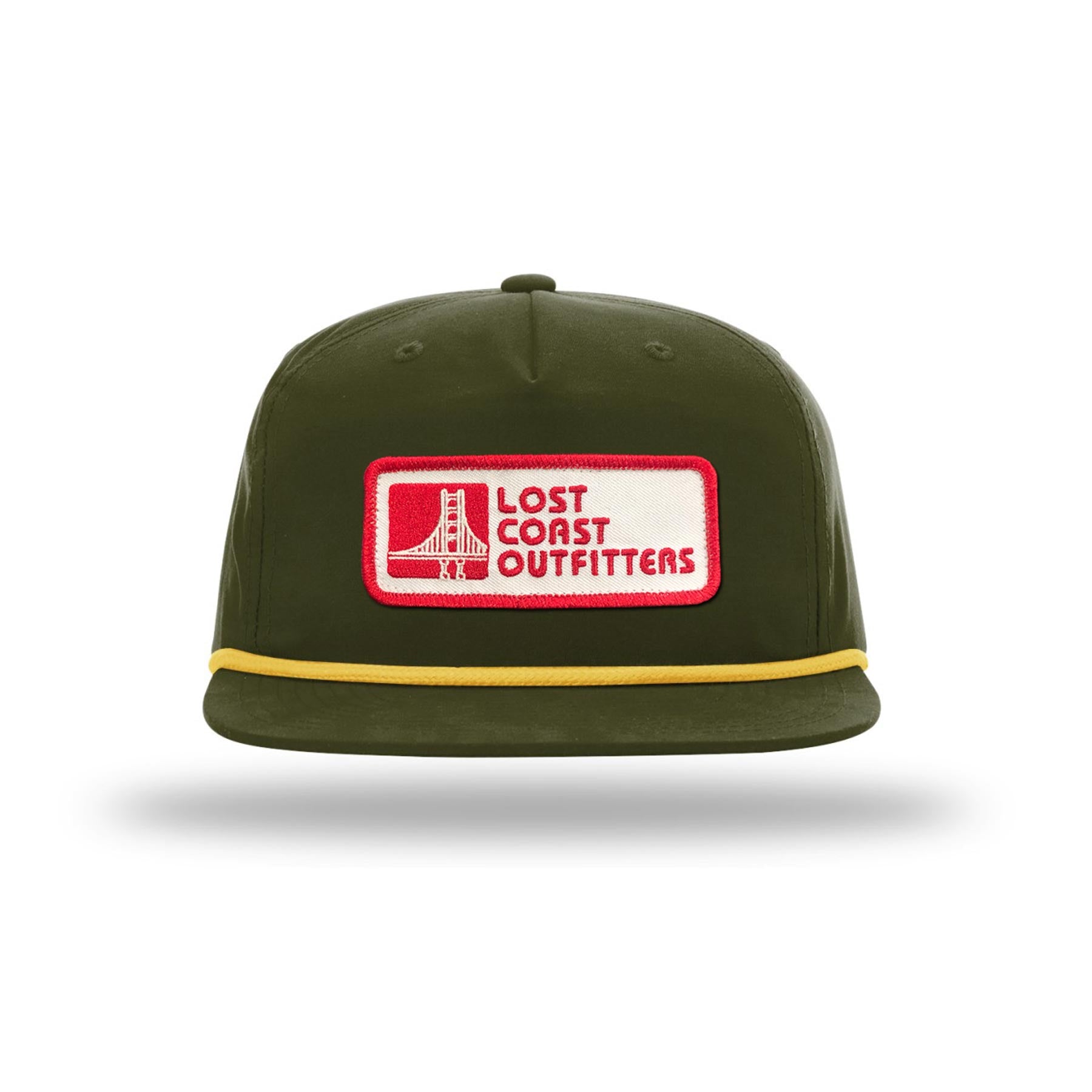
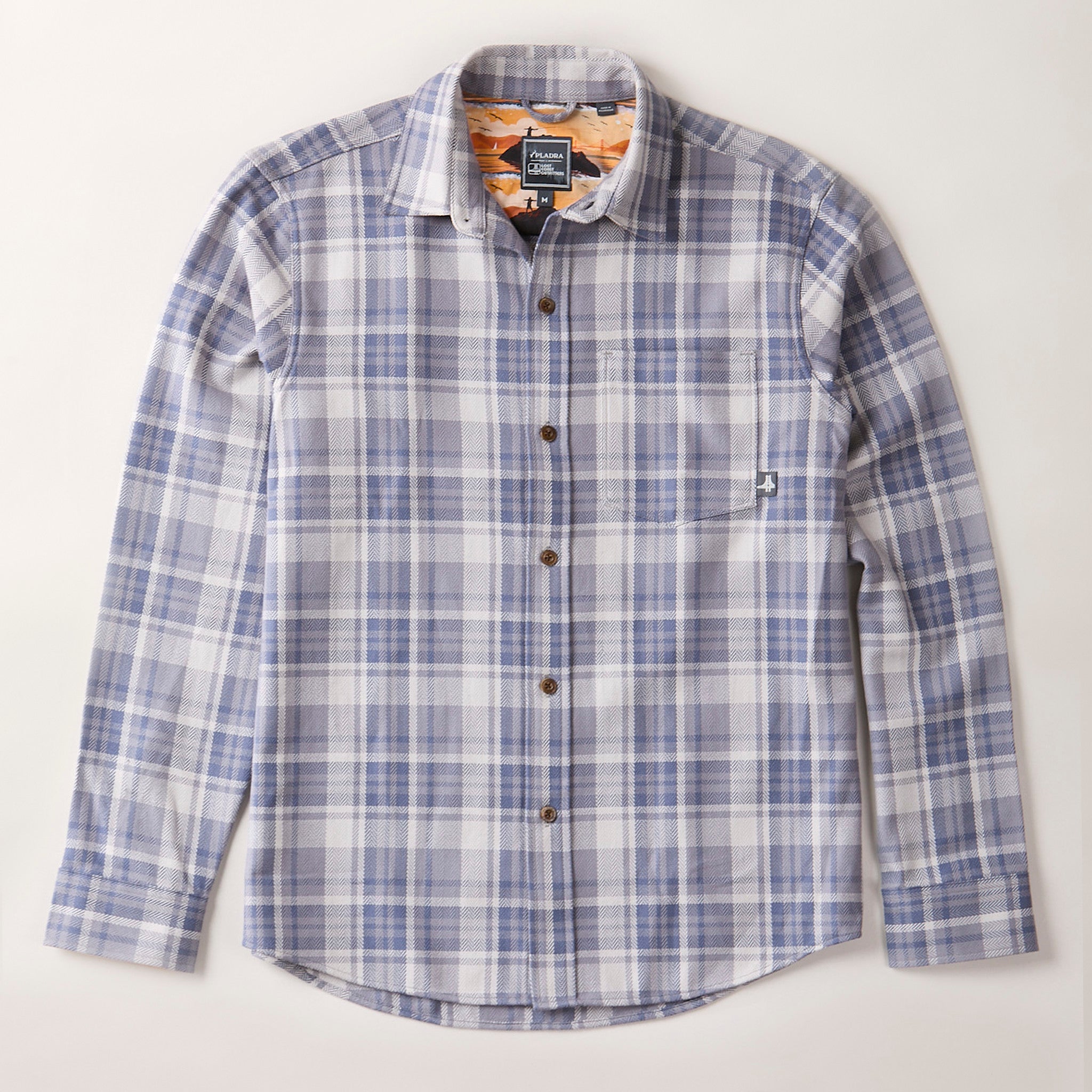

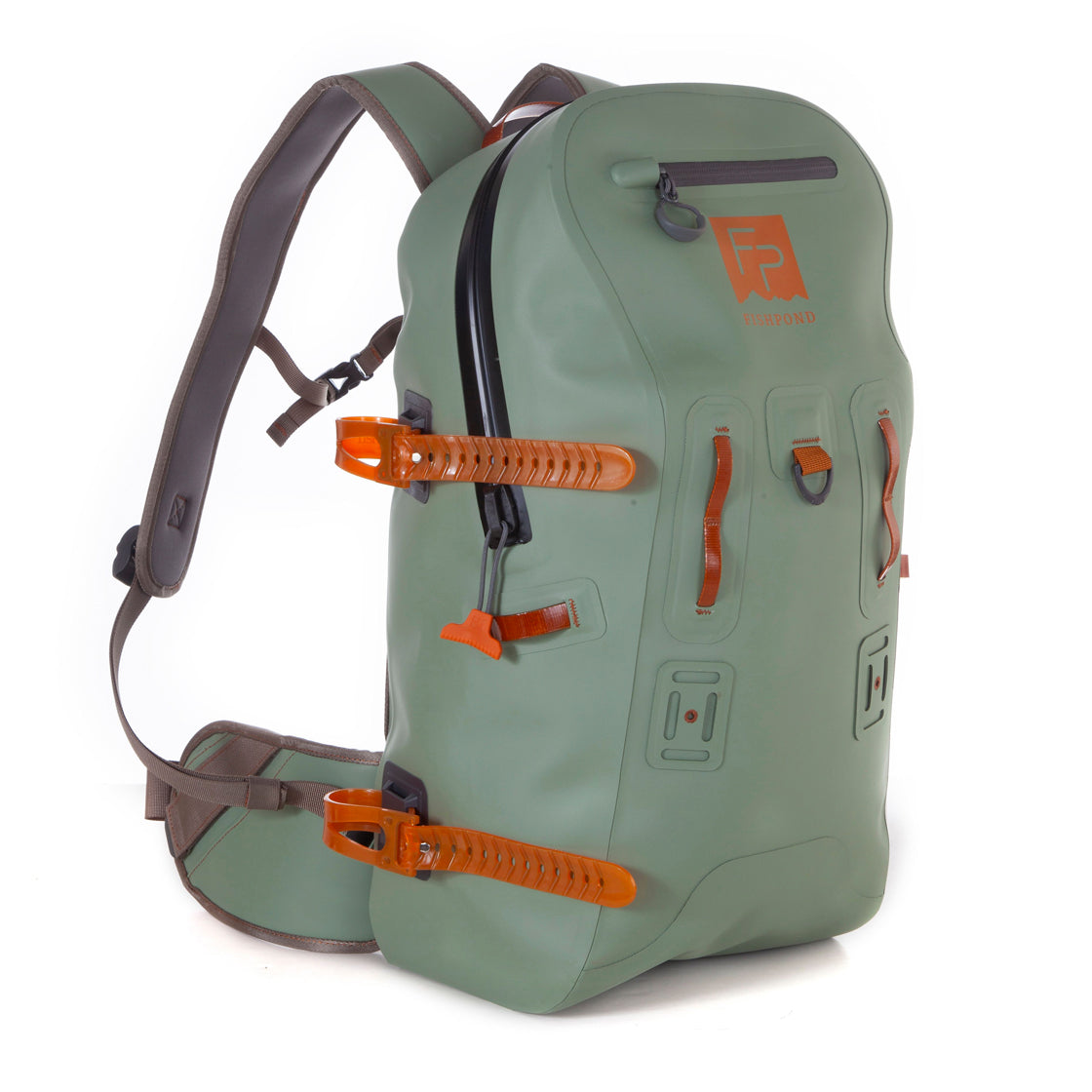
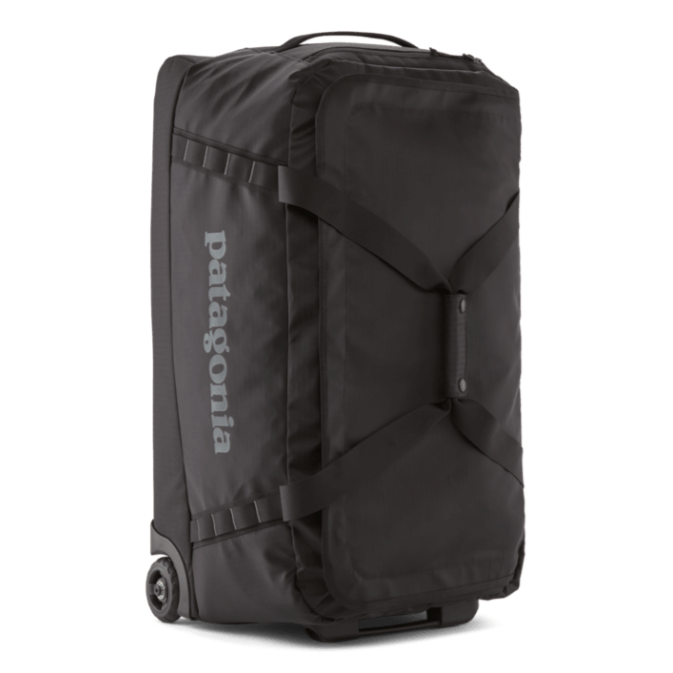
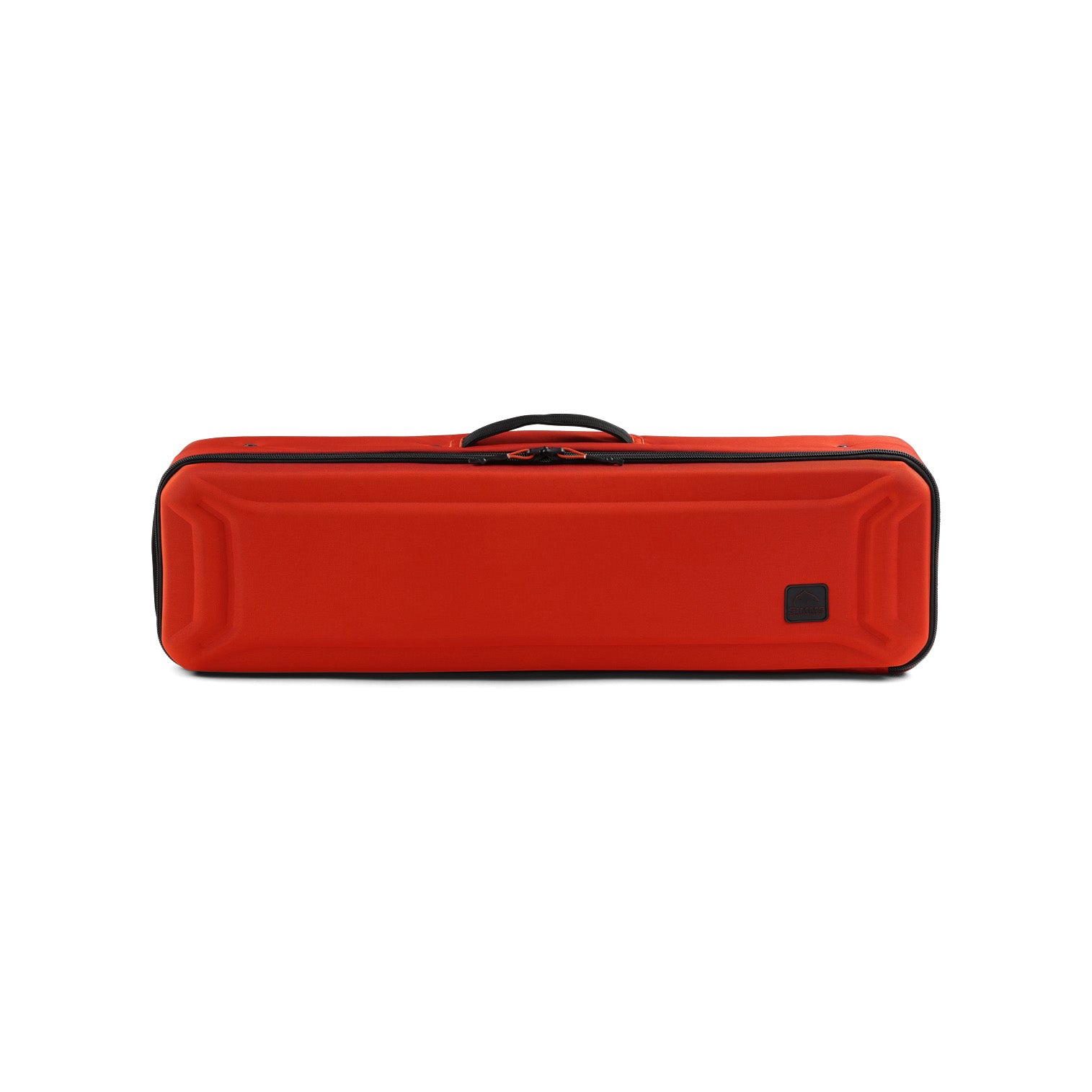
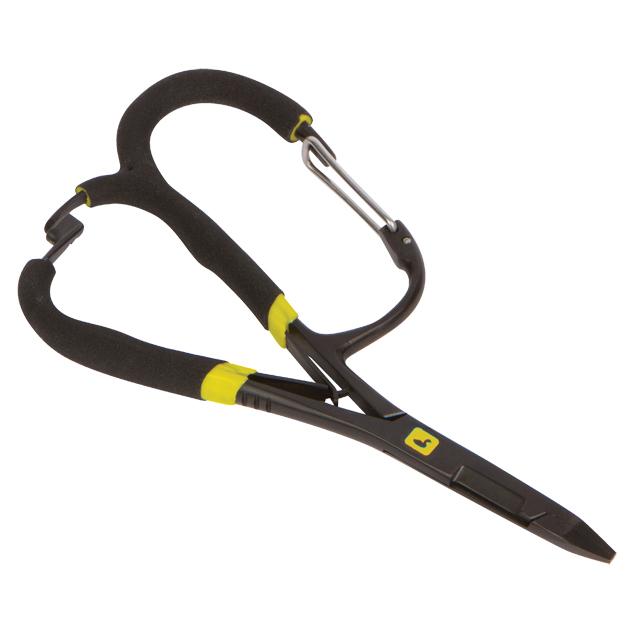
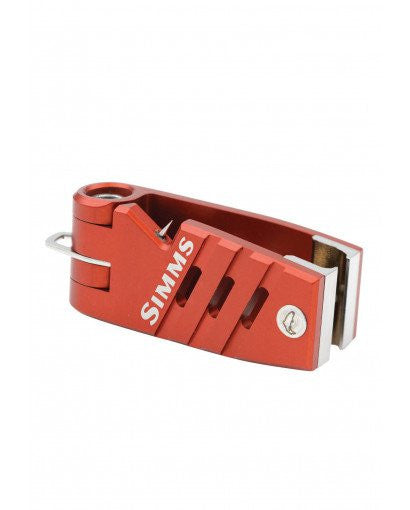
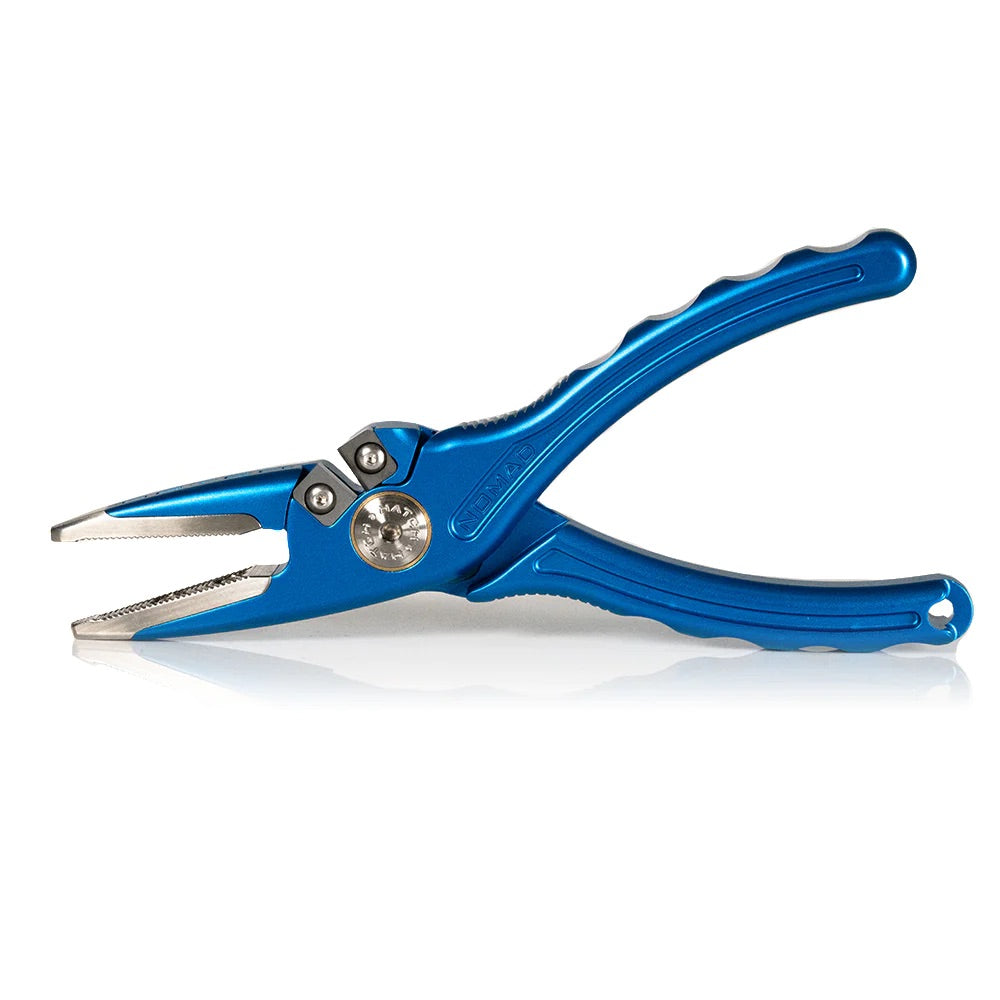
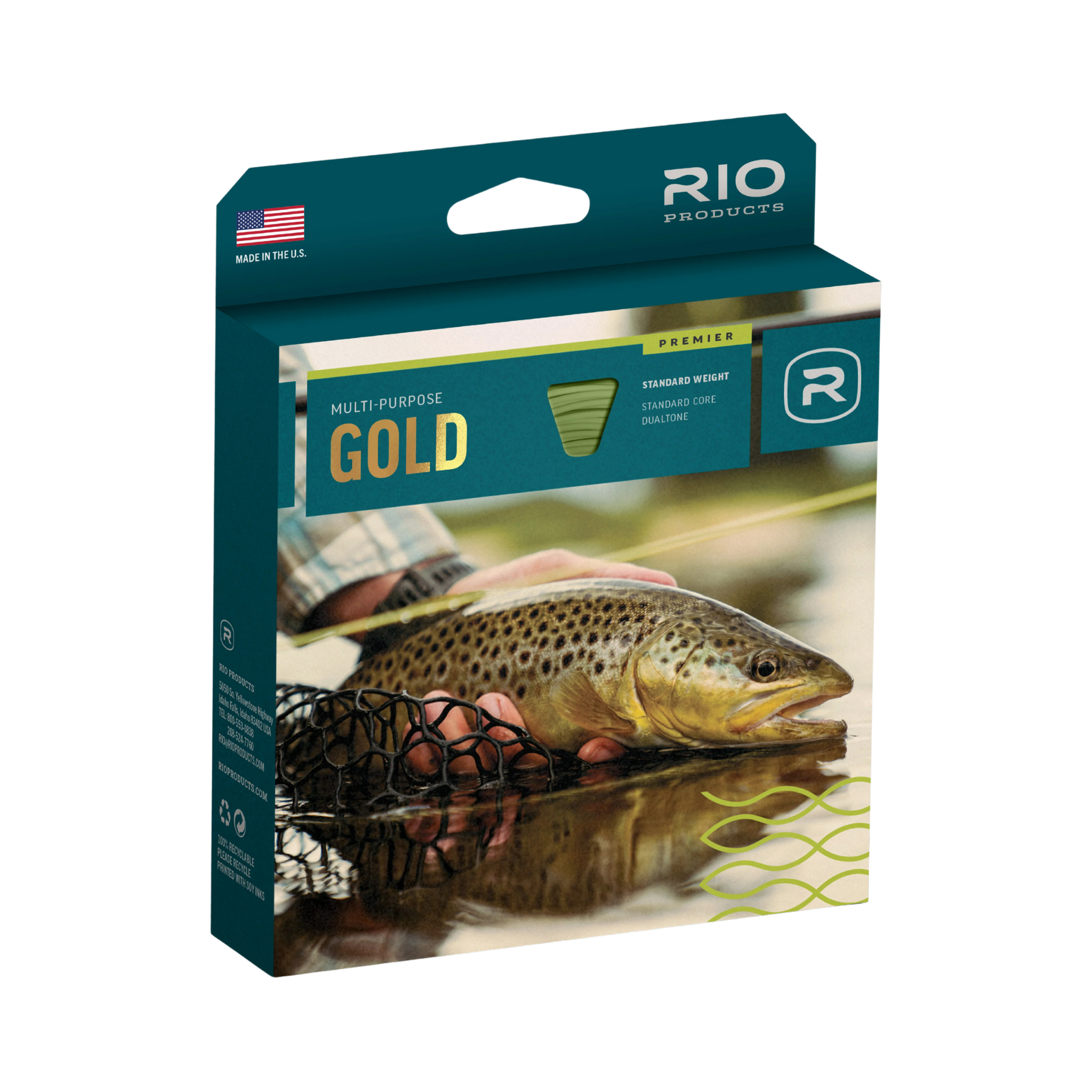
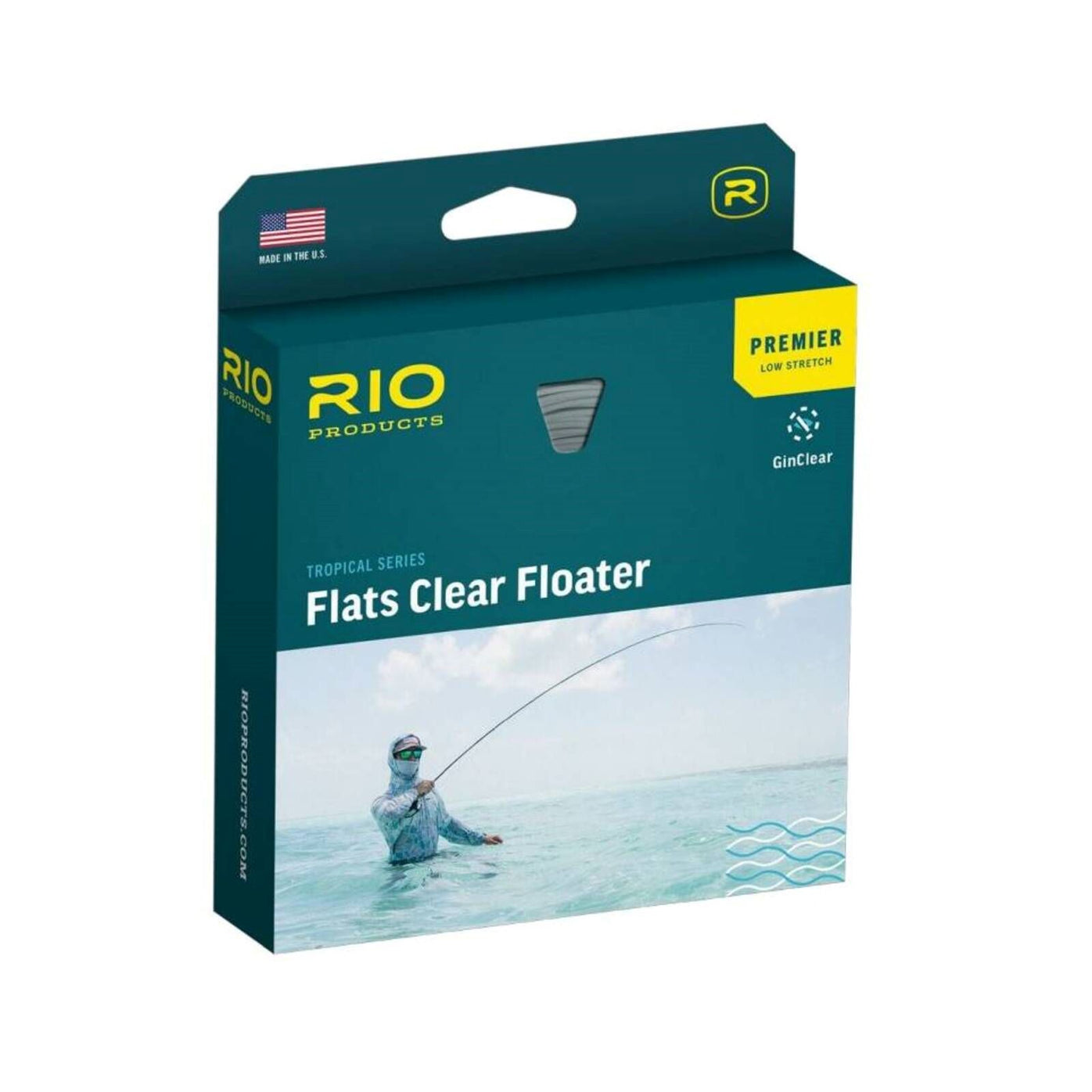
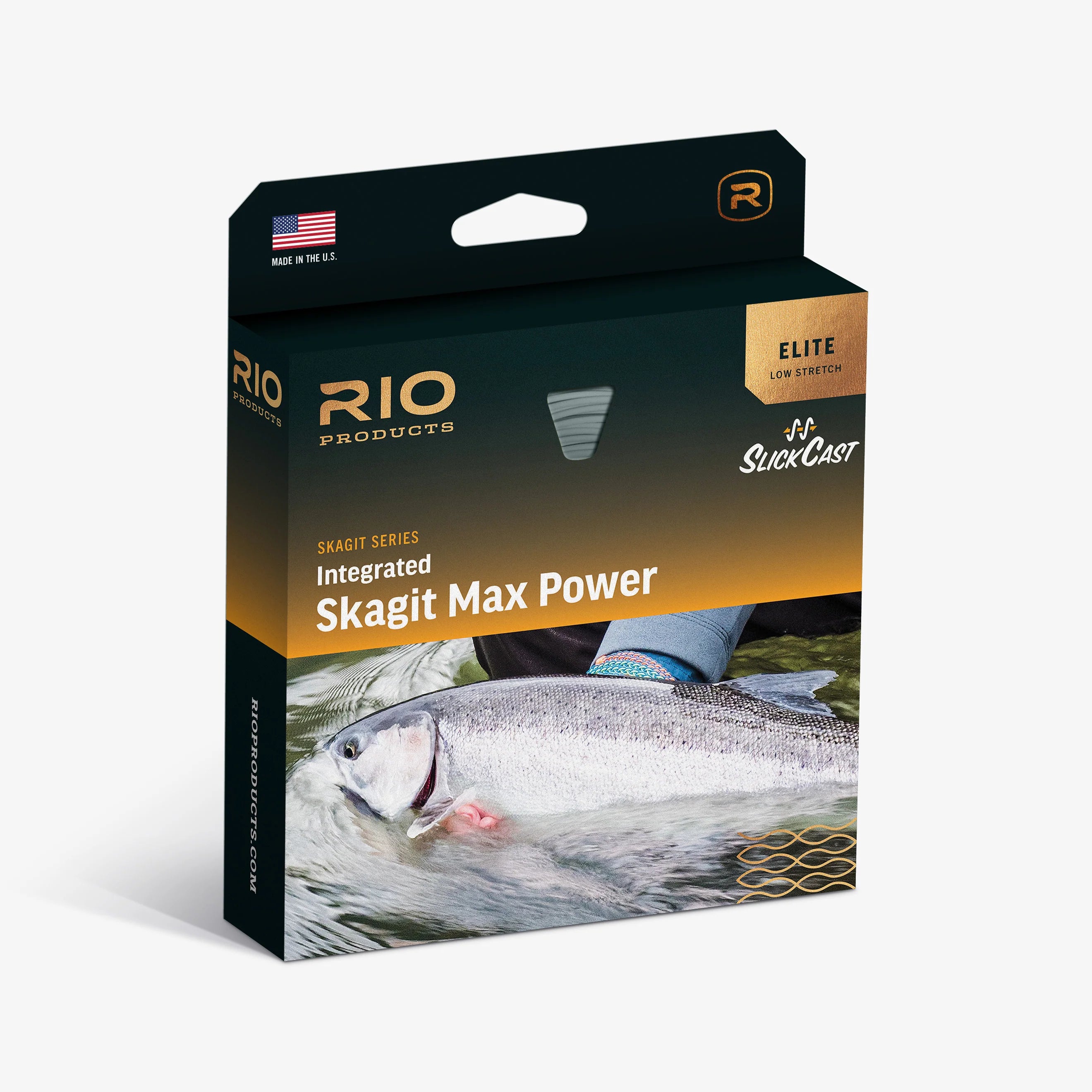
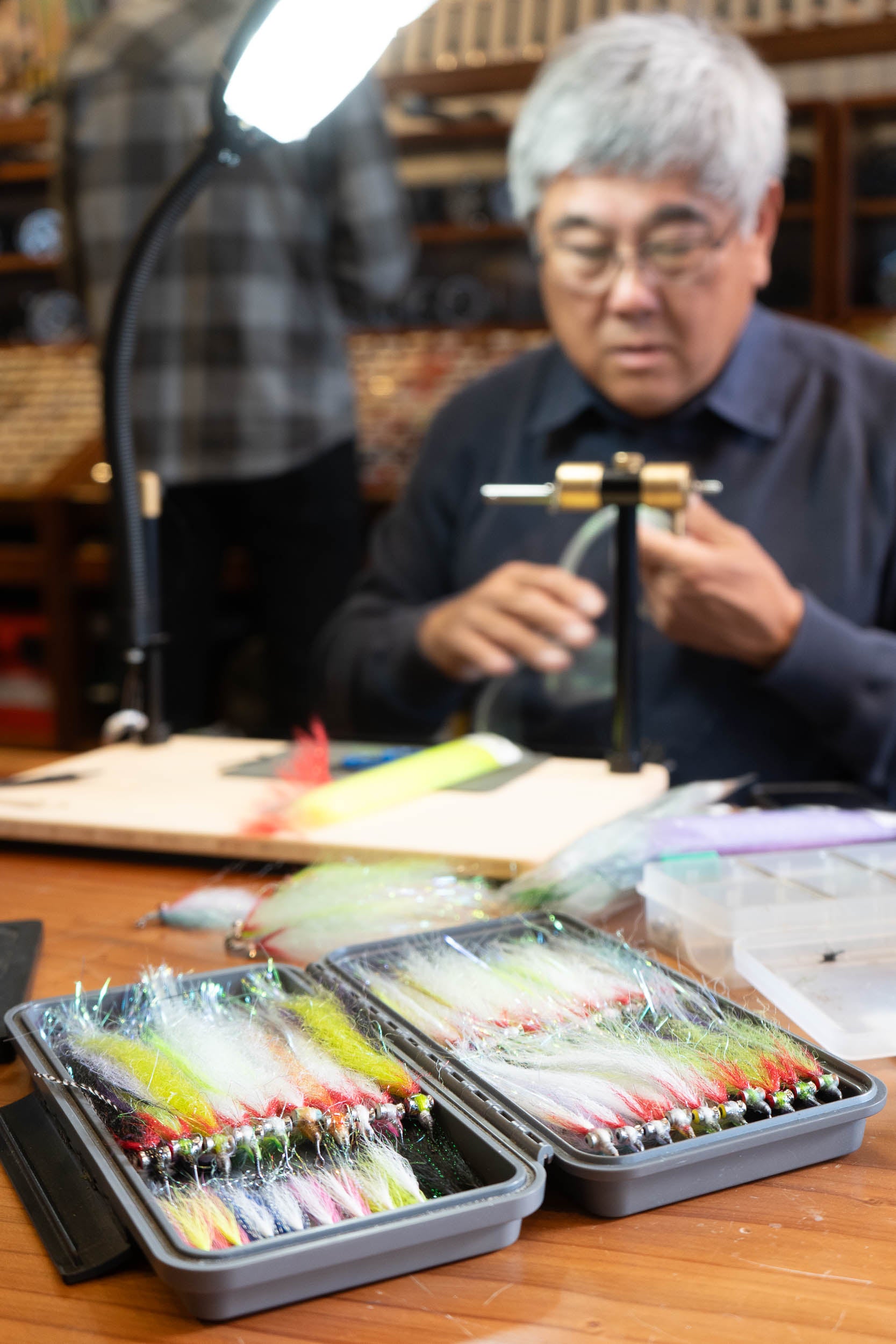
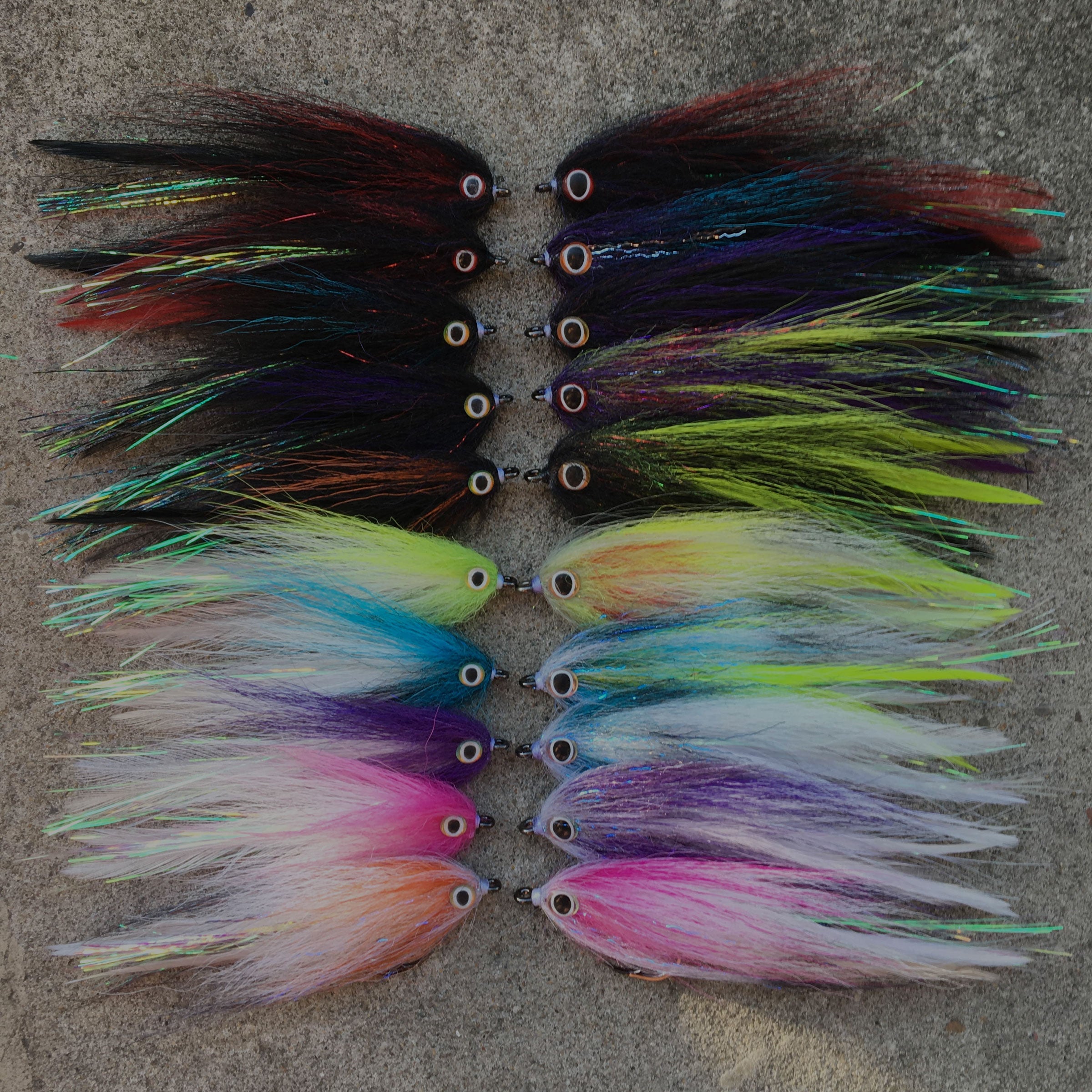
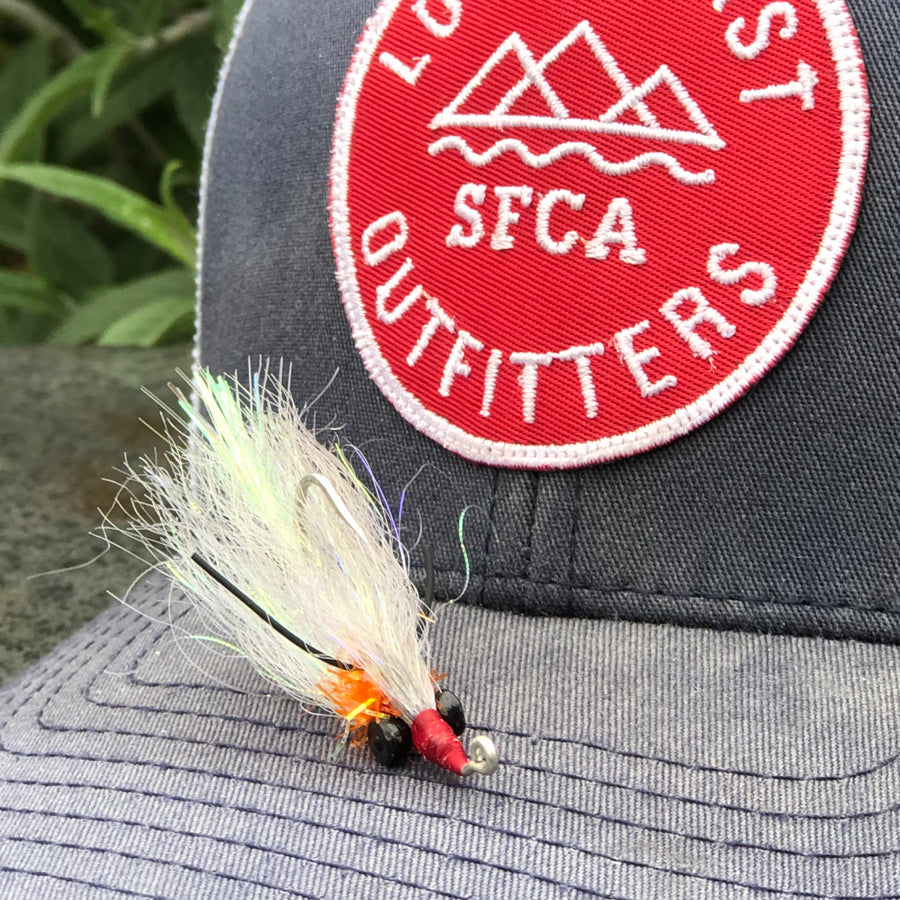


Leave a comment
All comments are moderated before being published.
This site is protected by hCaptcha and the hCaptcha Privacy Policy and Terms of Service apply.